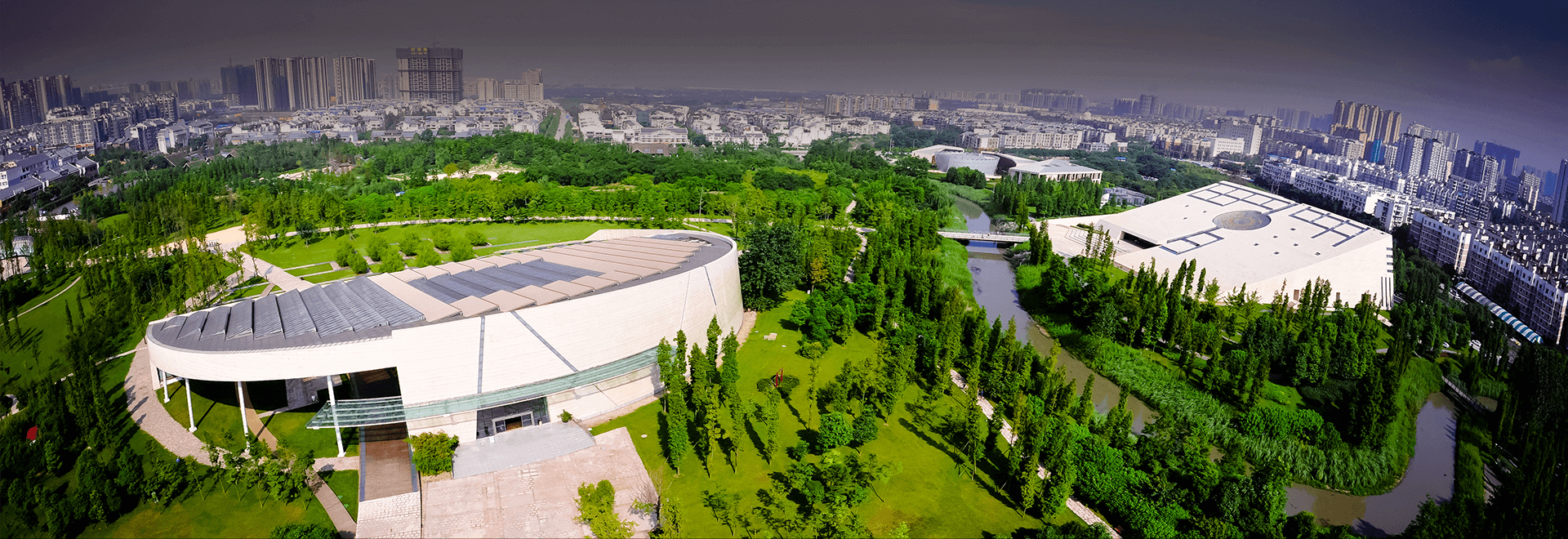Introduction: Discovery of Jinsha Site
Located in the west of the Sichuan Basin, the beautiful and rich Chengdu Plain has a reputation of “the land of abundance”. Available archaeological data shows that the ancient Shu (Sichuan) people were living here quite a long time ago. However, its time-honored history goes like what was described by Li Bai (701-762), a famous poet of the Tang Dynasty (618-907), who wrote “Where are Cancong and Yufu, founders of the ancient Shu Kingdom, their feats in a misty veil. For tens of thousands of years, the kingdom was blocked by the Qin ridges from the outside world.” The look of the ancient Shu kingdom has been shrouded in numerous illusory myths and legends. A true restoration of this historical period has become the dream tirelessly pursued by archaeologists generations after generations.
I Discovery of Sanxingdui site
At the end of the 1920s, Daocheng Yan, a farmer in Sanxingdui, Guanghan, Sichuan Province, accidentally found some stone wares, jade wares, jade rings, and others in a stream, lifting a corner of the mysterious veil of the ancient Shu civilization. Half a century later, in the mid-1980s, the Sanxingdui people discovered two sacrificial pits with many buried bronze human masks, bronze human head statues, sacred bronze trees, stone wares, and jade wares. With these dazzling treasures in the pits, people began to re-examine and re-understand the ancient Shu civilization.
II Discovery of Jinsha site
In 2001, when the bell heralding the new century had just been struck, Jinsha Village on the northwest outskirts of Chengdu became another location of amazement. The historical veil of a distant ancient country was lifted again. At the beginning of the new century, China’s first major archaeological discovery began here. In an instant, an ordinary Jinsha Village became magical and dazzling.






